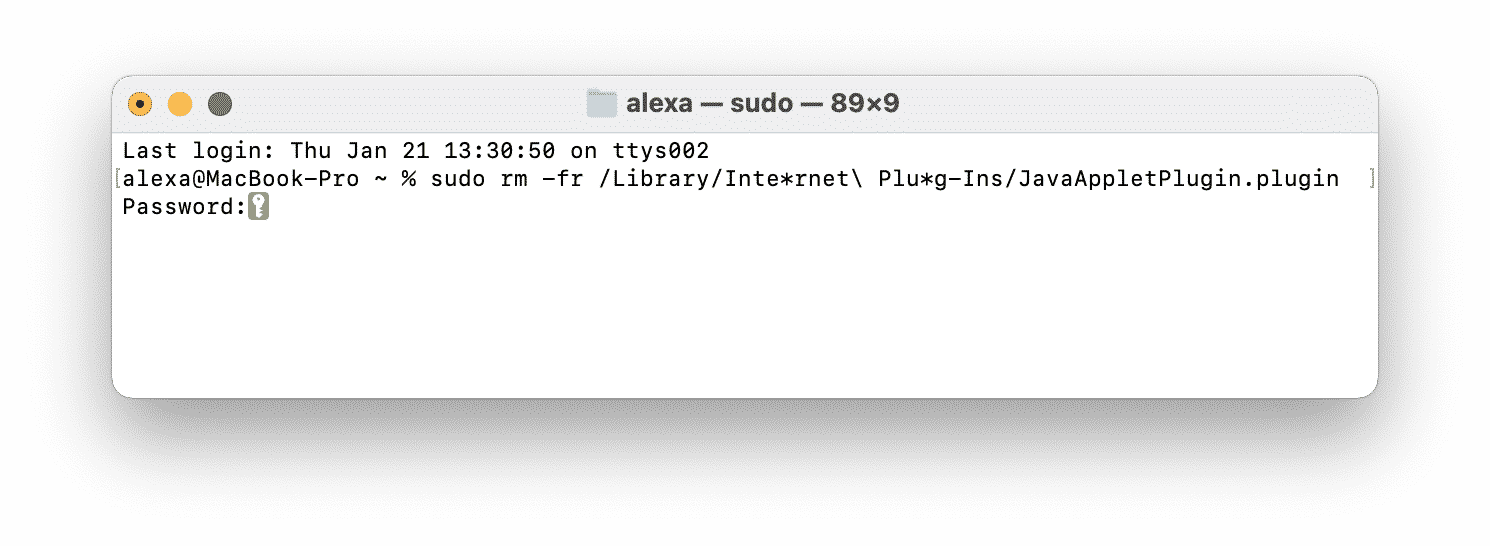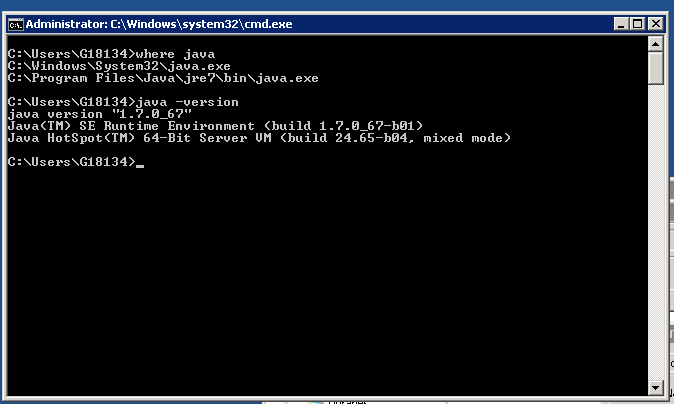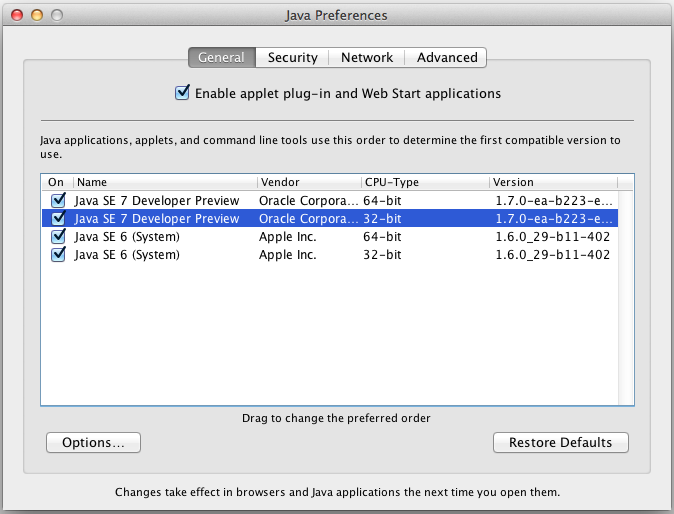

- Java command line for mac how to#
- Java command line for mac install#
- Java command line for mac windows#

Now, create a directory to store your Java programs.In the window containing the Command Prompt, type the bold commandsbelow: The mkdir command creates a new directory the cd command changes the current working directory.After executing these commands, your working directoryis the newly created ~username/introcs/hello/.
Java command line for mac install#
If it is installed, you should see something like If not, install the Developers Tools CD that came with your Mac anduse Software Update to make sure you have the latest version.

If Java is installed, you should see something like: Now, check that the Java compiler is accessible.

You will type commands in an application called the Terminal.You might enjoy reading Neal Stephenson's light-heartedessay In the Beginningwas the Command Line. You will use the Java compiler javac to compile your Java programs andthe Java interpreter java to run them.Mac OS X includes implementation of Java 2 Standard Edition (J2SE) 1.4.1,so there is nothing to do in this step.
Java command line for mac how to#
This documents instructs you on how to setup a Java programmingenvironment for your Mac OS X computer and provides a step-by-stepguide to creating, compiling, and executing a Java program.We assume you are running at least OS X 10.2.3.All of the software is freely available on the Web. The Finder based approach is the easier and safer way to uninstall Java from a Mac, though Mac users can also remove Java and JRE via the command line as well. Remove the “Java” folder Empty the Trash on the Mac as usual Java will be removed completely this way. A similar process should allow you to install other command-line tools on macOS, such as the oc client for RedHat OpenShift.There are various tricky issues with having multiple versions of Java (Apple's own Java 6 and Oracle JDK 7 or even 8) on one's Mac OS X system, and using different versions for different applications. This output shows that Helm has been installed successfully. Once installation has completed, run the helm command again: $ helm version
Java command line for mac windows#
| Windows | %TEMP%\helm | %APPDATA%\helm | %APPDATA%\helm |Ĭompletion generate autocompletion scripts for the specified shellĬreate create a new chart with the given name | macOS | $HOME/Library/Caches/helm | $HOME/Library/Preferences/helm | $HOME/Library/helm | | Linux | $HOME/.cache/helm | $HOME/.config/helm | $HOME/.local/share/helm | | Operating System | Cache Path | Configuration Path | Data Path | When no other location is set a default location will be used based on the operating systemīy default, the default directories depend on the Operating System. Otherwise, on systems supporting the XDG base directory specification, the XDG variables will be used If a HELM_*_HOME environment variable is set, it will be used The Allow Anyway button allows you to enable an application blocked by Apple.įigure 2: The Allow Anyway button allows you to enable an application blocked by Apple.Īfter you change the security setting, installation starts: Helm stores cache, configuration, and data based on the following configuration order:


 0 kommentar(er)
0 kommentar(er)
